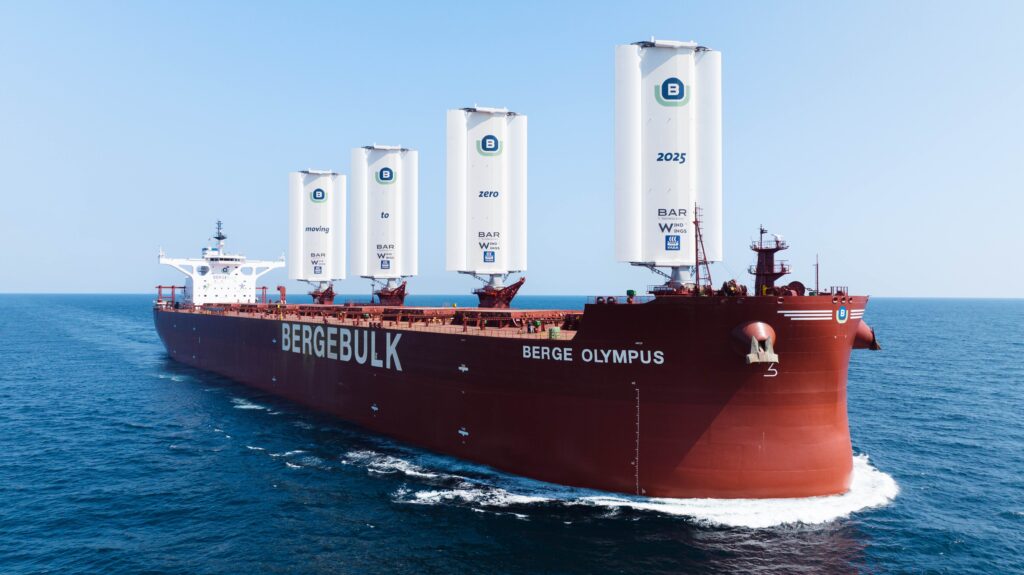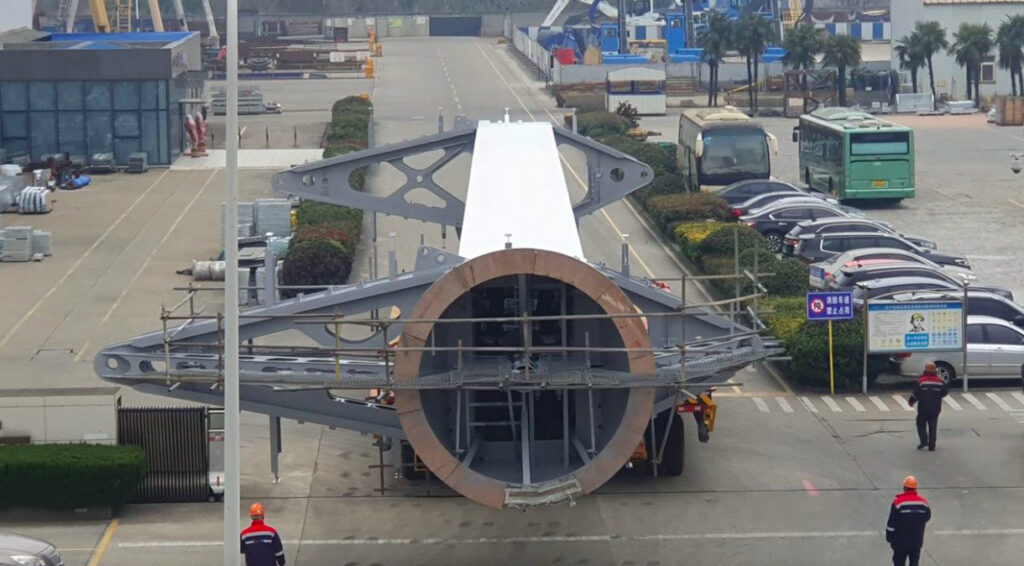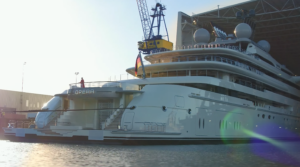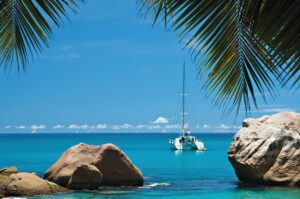In Focus: BAR Technologies to build smaller wings and accommodation blocks

BAR Technologies is about to announce further new-build contracts for its 37.5 metre WindWings, the technology which it says allows cargo and other ships to cut fuel consumption by 1.5 tonnes per 24 hour time periods. Plus, it is now talking about making smaller wings (at 20m) for coastal and lake shipping, and redesigning accommodation blocks for newbuild containerships with fuel reduction at the core.
It’s an exciting time for the company and John Cooper, BAR’s chief executive, is delighted with WindWings’ progress in a relatively short period of time.
Cargill initially approached BAR Technologies with the partnership – to reduce shipping CO2 emissions — publicly announced in October 2020.
“It sounds flippant — we’re doing this because we were asked to — but it’s the reality of why we designed and patented and completed WindWings.”
Earlier this year, Mitsubishi Corporation’s 2017-built bulk carrier Pyxis Ocean, chartered by Cargill, set sail with two wings retrofitted, and four WindWings were retro-installed in partnership with Yara Marine Technologies on the Berge Bulk-owned Berge Olympus (pictured above). That was launched in October 2023, and the company says it will evaluate the potential of installing WindWings on more of its vessels that trade on routes with favourable wind conditions. The next project Cooper hopes to announce is a new build.
The design process has thrown up some surprises, which Cooper depreciatingly calls ‘obvious in hindsight’. He describes BAR as “a massive simulation business. We don’t design anything by hand. Rather than us directing the system, the design came out of the system.
“When you’re designing a wing for a tanker, that normal equation — for an AC high performance sailing yacht — is completely wrong.
“At sailing’s extreme performance end, the hydrodynamic drag of the hull is quite low because it is a racing boat, so the aerodynamic drag of the sail is a big part of the drag. Therefore, what you really must design is a very efficient wing which has high thrust for low drag. That’s really important for racing yachts.
“And this sounds so obvious now, but it came out of the system. If you’re designing for a kamsarmax [medium-sized vessel] it’s got such huge hydrodynamic drag with 200m of vessel in the water, that normal equation is completely wrong. You just need to design a wing that has maximum thrust rather than something that has particularly low drag. Drag is important but thrust is a much bigger part of the requirement.”
Cooper describes the WindWing design process as thankfully collaborative. Early hazard identification changed enough plans that he can now solely concentrate on making performance better.
“We invited Shell, Delta Marin, Maersk and Cargill into our Hazid meetings and pulled the initial design apart, making sure of the safety and robustness of the wing as well as its performance. It [the process] looked like pain at the time, but it was pain well worth going through. We changed the safety aspects of the design.
“Wings are designed to be working in 40 knots of wind with 25 per cent gust factor. At that point we recommend they’re folded to the deck and they start feathering (depowering) before that. They are able to stay up at 100knts but they de-power at that stage and align to the wind and ensure that there is no thrust being produced.
“The worst possible event is that the captain decides to head straight into a really big wind, they don’t fold the wing to the deck (so they’re upright in 100 knots of wind) and the ship loses power.
“Hazid drove us to redesign the hydraulic aspects of the wing to have a positive power in the accumulators. So what actually happens is that the wings are released from their control mechanism and they are depowered automatically.
“It was a real eureka moment.”
Now the wings are onboard Pyxis Ocean, Cooper is looking at performance validation. “It’s making sure we can save an extra .1, and checking strain gauges, to making sure the thrust on the wing was exactly what we thought it would be, making sure the fatigue will work and all the warranties are correct. It’s about ratification but I am absolutely stunned by how close we were in terms of performance and very happy with the engineering job that we’ve done, not just the performance.”

The performance is better than even he expected. While Cooper says WindWings is marketed as a fuel saving of 1.5 tonnes for two wings, data has shown that the boat can save more (7.5 tonnes per day). “But, we don’t want to over promise and under deliver.
“We will still talk about 1.5 tonnes because it’s the average. The 7.5 could have been a really good wind, or really good wind direction – but we have achieved it over 24 hours. We also want to talk about a whole year over an average worldwide route rather than a small moment of time.”
The WindWings project, is co-funded by the European Union as part of the CHEK Horizon 2020 initiative. It’s particularly relevant given that 55 per cent of the world’s bulker fleets are up to nine years in age.
“Emissions of shipping are the same as a very big country at three per cent of the world’s emissions,” says Cooper. “But actually, the sea is the cleanest and most efficient way to transport goods. And the shipping industry itself uses probably the worst fuel on the planet — heavy fuel — which is the dregs of the refinery process. Not a lot of people know that that is why that fuel is burnt at sea, because it is so polluting. We set ourselves the challenge of reducing the need for that fuel.”
Now the only thing needed is for all those old tankers to buy into the project. But how long that will take remains to be seen.










